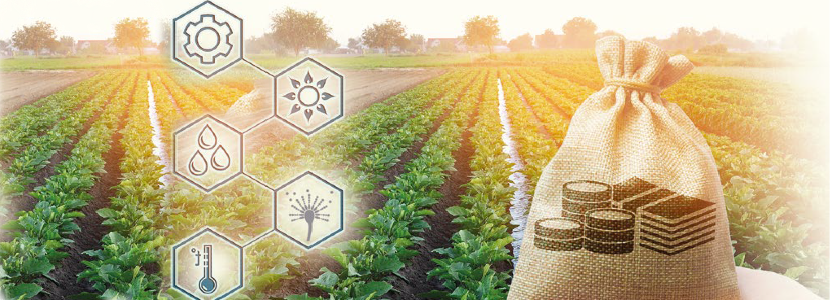Mycotoxin neutralization through the use of adsorbent substances presents a potential alternative to deal with a major food security problem.
According to data provided by FAO, more than 25% of agricultural production is contaminated by mycotoxins. In the US alone, this represents economic losses of around one billion euros a year.
In addition to this, large quantities of basic food products are spoiled by mycotoxins:
As a result, many countries have adopted severe regulations to limit mycotoxin exposure. This has had an impact on on crop and animal markets.
Mycotoxins can contaminate crops in two ways:
- In living plants
- Later during the harvest
Among mycotoxins,aflatoxin B1 and M1, secreted in milk, have been shown to be the most toxic, with carcinogenic effects in animals and humans.
However, currently there are no large-scale practical solutions to combat contamination with fungal by-products in food, using low-cost methodologies.
One of the most promising approaches to solving the mycotoxin problem is the addition of non-nutritive adsorbent materials to food batches, to control gastrointestinal absorption of these fungal metabolites.
Keep up to date with our newsletters
Receive the magazine for free in digital version
REGISTRATION
ACCESS
YOUR ACCOUNT
LOGIN
Lost your password?
